Full name Arthur D'Arcy Locke Name Bobby Locke Professional wins 74 Turned professional 1938 PGA tour wins 15 | Children Caroline Former tours PGA TOUR Nationality South Africa Role Golfer Sunshine tour 30 | |
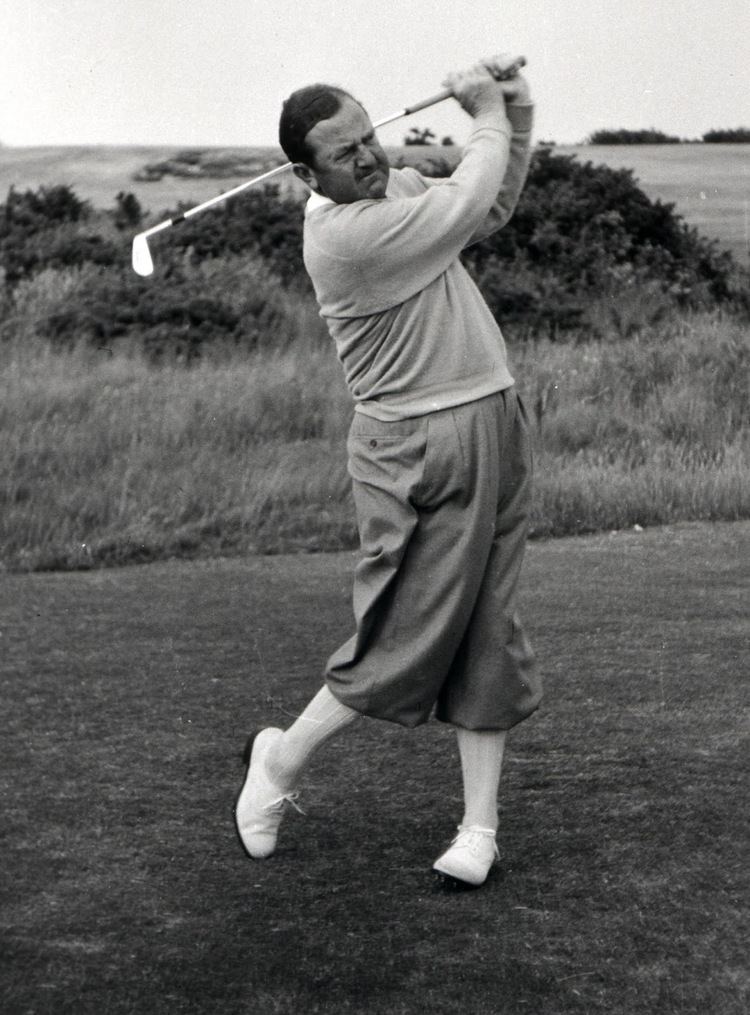 | ||
Nickname BobbyOld Baggy PantsOld Muffin Face Born 20 November 1917Germiston, South Africa ( 1917-11-20 ) Spouse Mary Fenton (m. 1958–87, his death) Died March 9, 1987, Johannesburg, South Africa | ||
South african open golf championship aka bobby locke wins south african golf 1940
Arthur D'Arcy "Bobby" Locke (20 November 1917 – 9 March 1987) was a South African professional golfer. He won four Open Championships, nine South African Opens, seven South African PGA Championships and 15 PGA Tour events.
Contents
- South african open golf championship aka bobby locke wins south african golf 1940
- Bobby locke 1949
- Early years
- Success in the United States
- Controversy and PGA Tour ban
- Worldwide success
- Playing attributes
- Amateur wins 9
- PGA Tour wins 15
- Sunshine Tour wins 41
- Other wins 29
- Wins 4
- Results timeline
- Summary
- Team appearances
- References
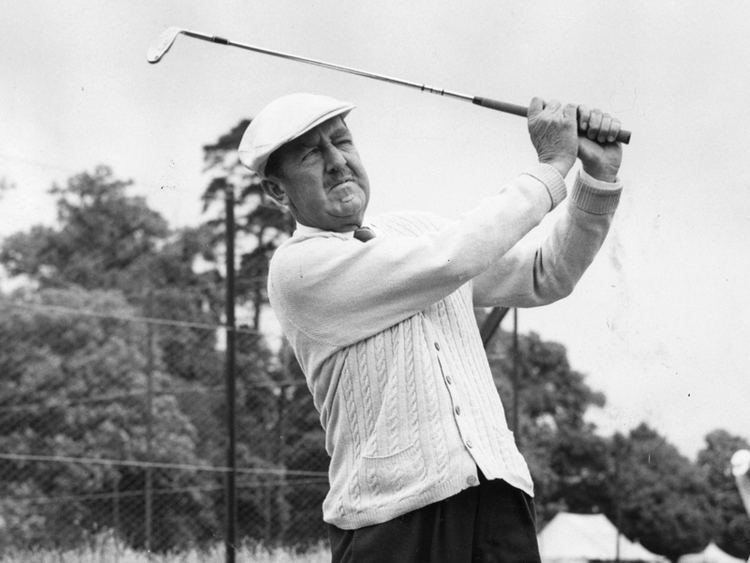
Bobby locke 1949
Early years
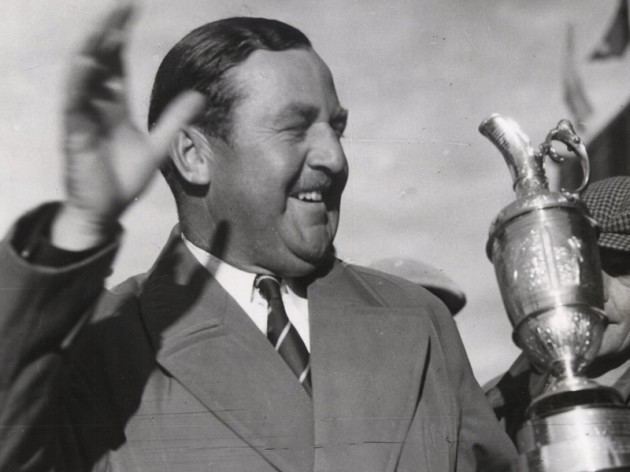
Locke was born in Germiston, South Africa. He won the South African Open for the first of nine times in 1935, playing as an amateur. He played in his first Open Championship in 1936, when he was eighteen, and finished as low amateur. He turned professional in March 1938 at the age of 20. He was a prolific tournament winner in his native country, eventually accumulating 38 wins on the Southern Africa Tour (now the Sunshine Tour). His golf career was interrupted by service in the South African Air Force during World War II.
Success in the United States
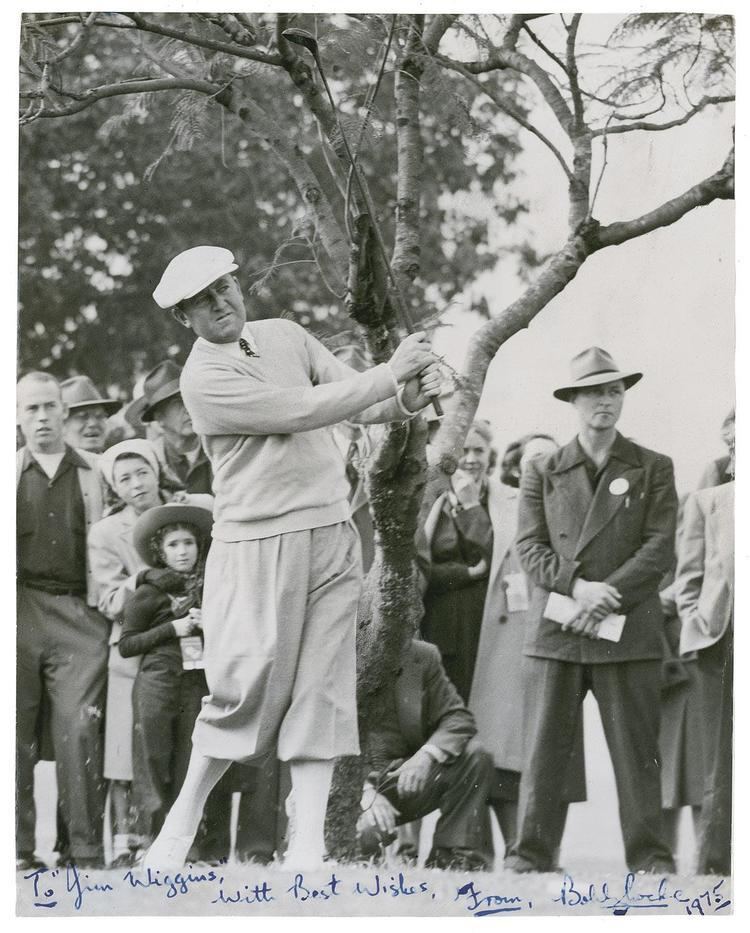
Following the end of World War II, Locke successfully resumed his career in South Africa in 1946. He hosted Sam Snead, one of the top American golfers of the day, for a series of exhibition matches in South Africa in Jananuary/February 1947, winning 12 out of the 16 matches, two were halved and Snead won two. So impressed was Snead that he suggested that Locke come to the United States and give the PGA Tour a try, advice that Locke quickly followed.
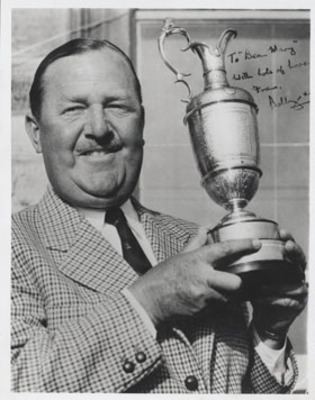
Locke arrived in the U.S. for the first time in April 1947, well after the American Tour season had begun. In two-and-a-half years on the PGA Tour, Locke played in 59 events; he won 11, and finished in the top three in 30, just over half. In 1947, despite a late start, Locke dominated the American tour, winning six tournaments (including four in a five-week period), and finishing second to Jimmy Demaret on the money list.
Controversy and PGA Tour ban
In 1948, he won the Chicago Victory National by 16 strokes, which remains a PGA Tour record for margin of victory (tied for margin of victory with J. Douglas Edgar's win in the 1919 Canadian Open).
The following year, Locke was banned from the tour, ostensibly because of a dispute over playing commitments. Locke had indeed given several advance commitments to appear at tournaments and exhibitions, then had not turned up nor given adequate notice nor explanations for his absences. However, it is most likely he was banned because of growing resentment towards him from many of the other PGA players. The 1948 Masters champion Claude Harmon stated, unsolicited, to another golf personality during that era: "Locke was simply too good. They had to ban him." The ban was lifted in 1951, but Locke chose not to return to play in the United States, except for a few isolated appearances.
Worldwide success
After leaving the PGA Tour, Locke continued his career in Europe and Africa, where he felt more comfortable. He won 23 times in Europe, most notably a quartet of successes in The Open Championship, which came in 1949, 1950, 1952 and 1957. He was the first of many South Africans who subsequently won major championships, including Gary Player, Ernie Els, Retief Goosen, Trevor Immelman, Louis Oosthuizen and Charl Schwartzel. His win in the 1957 Open Championship was with some controversy. Locke had failed to properly replace his ball after marking on the 72nd green, and proceeded to putt out. This had been confirmed through newsreel footage provided to the R&A after the trophy presentation. The rules at the time made no provision for a two shot penalty, thus Locke's win could have been overturned through disqualification. However, the Championship committee did not enforce the disqualification rule, citing "equity and spirit of the game" as overriding factors in sustaining the posted result.
During this time Locke also played many other parts of the world. In 1955 he won the Australian Open held at Gailes Golf Club in Queensland; he later rated this as one of the best courses he had ever played. In 1959, Locke was involved in a serious car accident, and subsequently he suffered from migraines and eye problems that put an end to his competitive career, although he continued competing occasionally after that, without much success.
Locke was elected to the World Golf Hall of Fame in 1977. He was only the second member (after Gary Player) who did not come from either the United States or the United Kingdom. He died in Johannesburg, South Africa in 1987.
Playing attributes
Locke built his success around his outstanding putting ability, coining the phrase "You drive for show, but putt for dough." Wearing his trademark knickerbockers, white shoes, and stockings, Locke played the game at a slow and deliberate pace, perhaps another reason that American pros were annoyed with him. On the greens, Locke was a bona fide genius, using a very unusual putting style (he would bring the putter back far to the inside on the backstroke, then virtually "trap" the ball with a hooded, closed clubface on the forward stroke, imparting a tremendous amount of overspin), and a great eye for reading breaks, to put on veritable putting clinics every time he played. Locke believed he could put spin on putts (similar to full-swing shots) and make them "hook" and "slice", and used his unorthodox technique to great success.
Locke was not particularly long from the tee, but placed great emphasis on accuracy in hitting fairways and greens; he employed an extreme right-to-left ball flight (one that bordered on a hook) on nearly every full shot.
Australian contemporary pro Jim Ferrier, who played the U.S. Tour during the late 1940s with Locke, described Locke's putting method as being designed to overcome the very heavy grain present on many Bermuda-grass greens of that era, particularly in warm-climate regions such as South Africa and the southern United States. In these regions, greens had to be constructed during that era using Bermuda-grass turf in order to survive the extreme summer heat; turfgrass research eventually developed a wider variety of strains which could be used. Locke's putting method allowed the ball to glide on top of the grass without being affected very much by the grain. Ferrier explained that Locke had apparently learned the technique from an Englishman in Egypt, while he was stationed there during World War II. Locke had in actual fact learned the technique from Walter Hagen during the "Haigs" tour of South Africa with Joe Kirkwood in 1938.
Amateur wins (9)
PGA Tour wins (15)
Major championships are shown in bold.
Sunshine Tour wins (41)
Note: These wins pre-date the Sunshine Tour. However, in the List of golfers with most Sunshine Tour wins, Bobby Locke is credited with 30.
Other wins (29)
Wins (4)
1 Defeated Harry Bradshaw in 36-hole playoff: Locke (135), Bradshaw (147)
Results timeline
NT = No tournament
LA = Low amateur
DNP = Did not play
WD = Withdrew
CUT = missed the half-way cut
"T" indicates a tie for a place
Green background for wins. Yellow background for top-10
Sources: 1936 Amateur Championship, 1937 Amateur Championship
